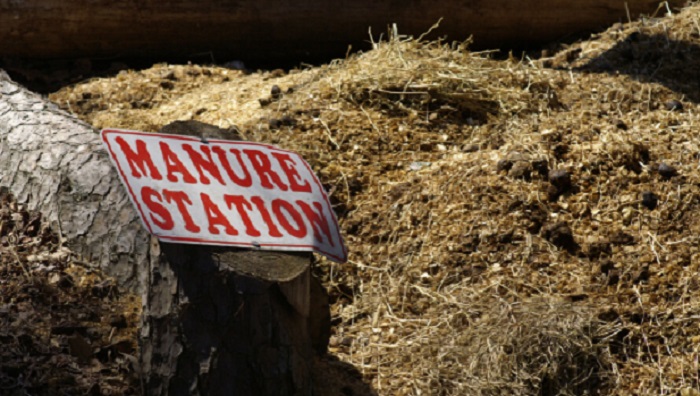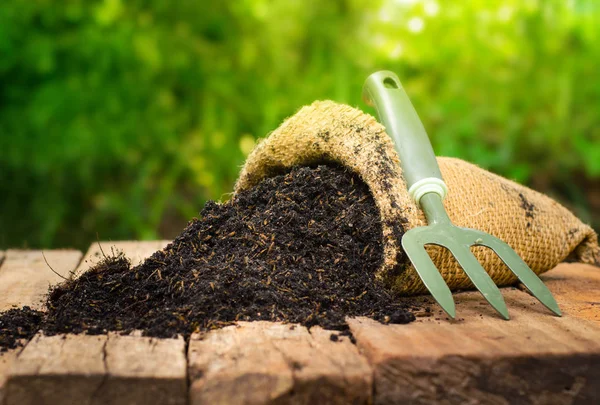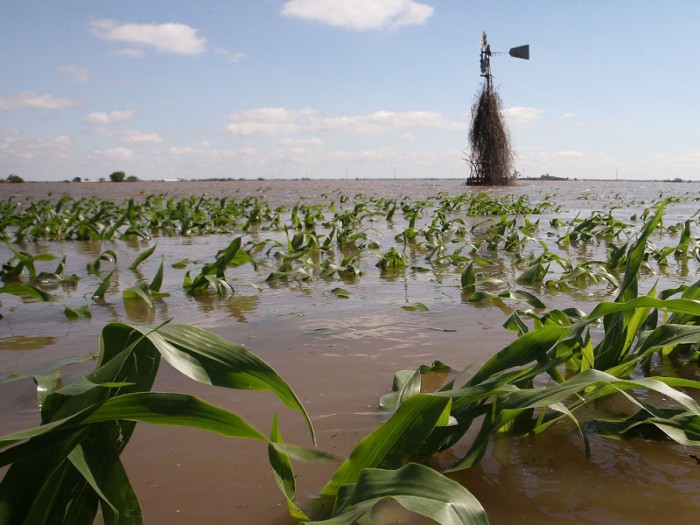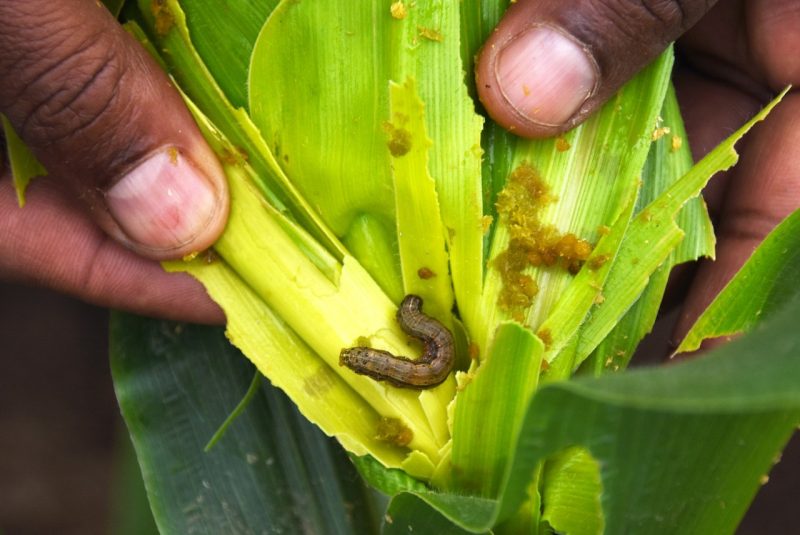Want to grow a lush, thriving garden without relying on chemicals? Organic fertilizers are the secret to healthier plants and a greener environment. In this guide, we’ll dive into some top options like compost, bone meal, and fish emulsion—easy-to-source, natural alternatives that will give your plants the boost they need while keeping your gardening eco-friendly.
When you’re cultivating a home garden, the choice of fertilizer plays a crucial role in the health of your plants and the sustainability of your gardening practices. By opting for organic fertilizers, not only do you nourish your plants with rich, natural nutrients, but you also contribute to a healthier environment. Organic options provide a slow, steady release of nutrients, fostering strong growth without the harsh chemicals found in synthetic alternatives.
Best of all, organic fertilizers can be sourced locally or even made from household waste, making them both eco-friendly and cost-effective. Let’s explore some of the top organic fertilizers that will help your garden flourish naturally and sustainably.
Here’s a roundup of some of the ou can use to give your plants the nutrients they need to thrive.
1. Compost
Why Use It?
Compost is one of the most versatile and effective organic fertilizers. Made from decomposed organic material like kitchen scraps, leaves, and garden waste, compost adds essential nutrients like nitrogen, phosphorus, and potassium to your soil. Plus, it improves soil structure, retains moisture, and promotes beneficial microbial activity.
How to Use
You can either buy compost from garden centers or make your own at home using a compost bin or pile. Work it into your garden beds or use it as a top dressing around plants.
Tip: A compost bin is an excellent investment for sustainable gardening.
2.Farm yard Manure

Why Use It?
Sheep manure, along with cow, horse, or chicken manure, is rich in nitrogen and other key nutrients that boost plant growth. Sheep manure in particular is less likely to burn plants compared to other manures because it’s lower in nitrogen concentration, making it safer to apply directly.
How to Use
Apply well-aged or composted manure to avoid burning plants or spreading pathogens. Incorporate it into the soil a few weeks before planting to give it time to break down.
Tip: Fresh manure can be too strong for plants, so it’s best to compost it first.
3. Bone Meal & Horn Meal
Why Use It?
Bone meal is one of the slow-release organic fertilizers that’s high in phosphorus, which is great for root development and flowering. Horn meal, another byproduct of the meat industry, also provides a gradual release of nitrogen, making it useful for leafy plants.
How to Use
Sprinkle bone meal around the base of flowering plants or mix it into the soil when planting bulbs, roses, or fruit trees. Be careful not to overuse it, as too much phosphorus can harm plants.
4. Blood Meal & Fish Meal
Why Use It?
Blood meal, a byproduct of slaughterhouses, is high in nitrogen, which helps leafy plants grow strong and lush. Fish meal, derived from ground-up fish waste, is rich in both nitrogen and phosphorus, promoting both leafy growth and root health.
How to Use
Apply blood meal sparingly around nitrogen-loving plants like spinach or lettuce. Fish meal can be worked into the soil or added to compost to enhance its nutrient content.
Tip: Use these fertilizers in moderation, as too much nitrogen can burn plants.
5. Decaying Hay
Why Use It?
Old or decaying hay makes a great natural mulch and fertilizer. As it breaks down, it adds organic matter to the soil, improving its structure and nutrient content. It’s especially beneficial for retaining moisture in the soil during dry periods.
How to Use
Spread decaying hay as a mulch around your plants to suppress weeds and conserve soil moisture. As it decomposes, it will slowly release nutrients into the soil.
6. Peat Moss

Why Use It?
Peat moss helps improve soil structure by increasing water retention and aeration. While it’s not a major nutrient source, it’s excellent for amending soil, especially for plants that prefer acidic conditions, like blueberries or azaleas.
How to Use
Mix peat moss into garden soil to improve drainage and moisture retention, particularly in sandy or compacted soils.
7. Seaweed
Why Use It?
Seaweed is packed with essential micronutrients, including potassium, magnesium, and iodine, which help improve plant vigor and resistance to disease. It also contains natural growth hormones that stimulate root development and flowering.
How to Use
You can use seaweed in both fresh and dried forms. Simply lay fresh seaweed on your garden as mulch, or make a seaweed tea by soaking it in water for a few days and then using the liquid to water your plants.
Tip: Seaweed is especially beneficial for coastal gardeners who can source it locally.
8. Wood Ash
Why Use It?
Wood ash is a good source of potassium and calcium and can help raise the pH of acidic soils. It also contains trace elements that promote plant health. However, it’s not suitable for alkaline soils and should be used sparingly.
How to Use
Apply small amounts of wood ash directly to the soil around plants or mix it into your compost pile. Avoid using it near acid-loving plants like rhododendrons and blueberries.
9. Limestone
Why Use It?
While not necessarily an one of organic fertilizers, agriculture limestone is primarily used to neutralize acidic soil and add calcium and magnesium, which are essential for healthy plant growth. It’s a good soil amendment for gardeners dealing with overly acidic conditions.
How to Use
Incorporate powdered or pelletized limestone into the soil a few months before planting. It works slowly, so be patient for the results to show.
Tip: Always test your soil before adding limestone to avoid making your soil too alkaline.
10. Stone Meal (Rock Dust)
Why Use It?
Stone meal, also known as rock dust, is rich in minerals that help replenish the soil’s natural nutrient levels. It improves soil structure and encourages the growth of beneficial microbes.
How to Use
Sprinkle rock dust over your garden beds or mix it into the soil before planting. It’s especially useful for vegetable gardens and fruit trees.
11. Nettle Powder
Why Use It?
Nettle is high in nitrogen and can be used to create a nutrient-rich fertilizer. Nettle powder or nettle tea is an excellent source of both macronutrients and micronutrients, promoting strong, healthy plant growth.
How to Use
You can make nettle tea by soaking nettle leaves in water for a few days, then diluting the liquid and using it to water your plants. Alternatively, add nettle powder directly to the soil.
12. Green Fertilizers/Legumes
Why Use It?
Green fertilizers, also known as cover crops, are grown specifically to improve soil fertility. Leguminous plants like peas, beans, and clover fix nitrogen in the soil, boosting nutrient levels for future plantings.
How to Use
Grow a cover crop in the offseason, then till it into the soil to add organic matter and nutrients. You can also plant legumes alongside your main crops to naturally enrich the soil.
Conclusion: Go Organic and Watch Your Garden Thrive
Using natural and organic fertilizers is not only better for the environment, but it also helps create a healthier, more productive garden. Whether you’re using compost, animal manures, or even seaweed, these alternatives provide a slow, steady release of nutrients that your plants need to grow strong.
So, why not give your plants the best possible start with one (or more!) of these natural options? They’re easy to use, effective, and often free or low-cost. Happy gardening!



